New observations of WASP-39b with the JWST has provided the clearest, most detailed picture of an exoplanet to date.
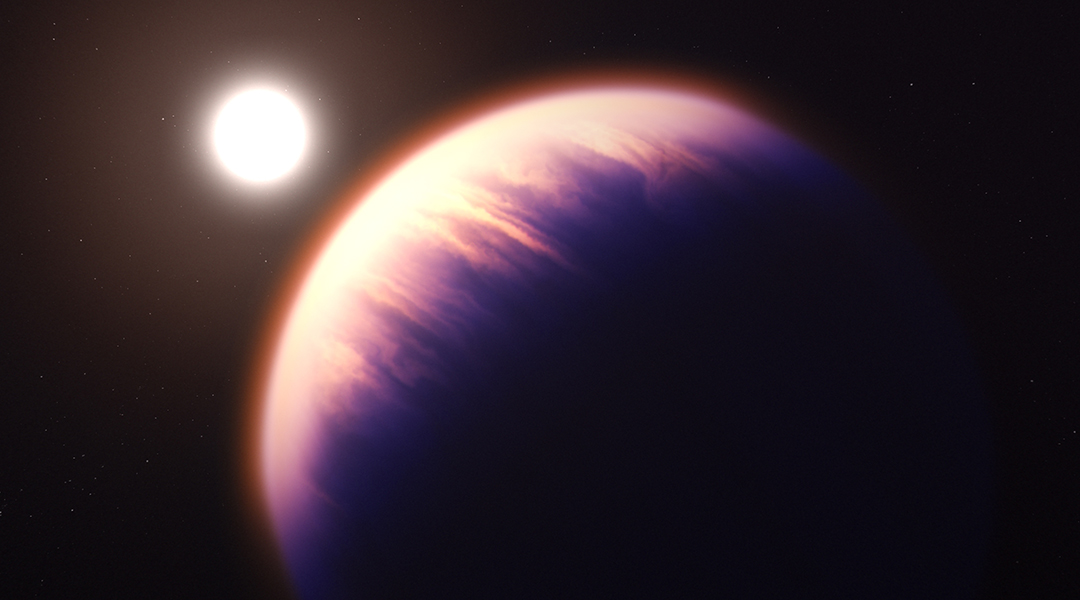

New observations of WASP-39b with the JWST has provided the clearest, most detailed picture of an exoplanet to date.
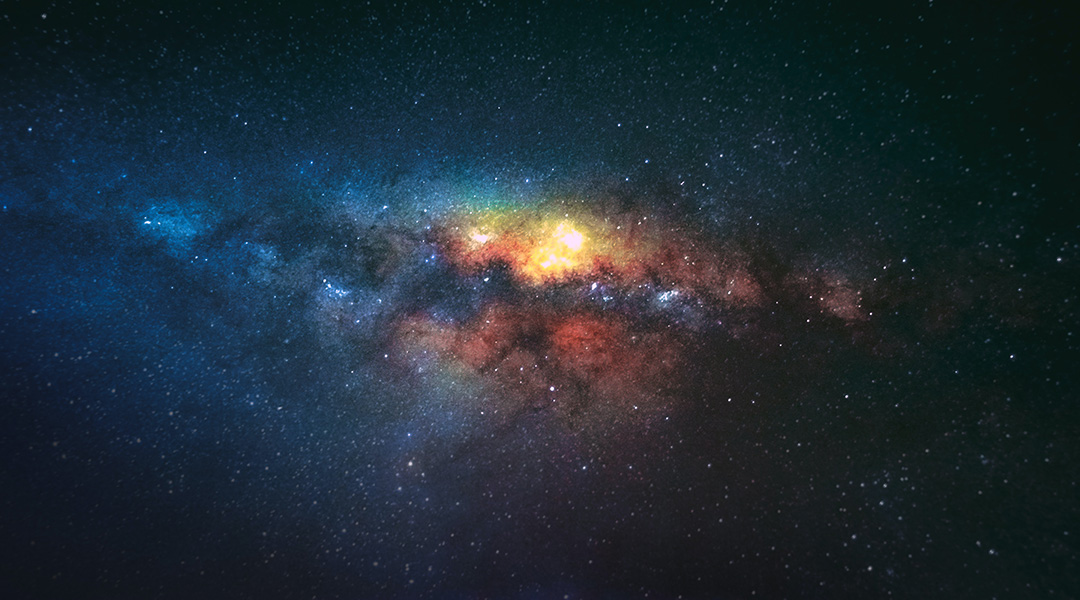
Using a new definition of galaxy size, astronomers have uncovered new, exciting findings about how they formed and evolved.
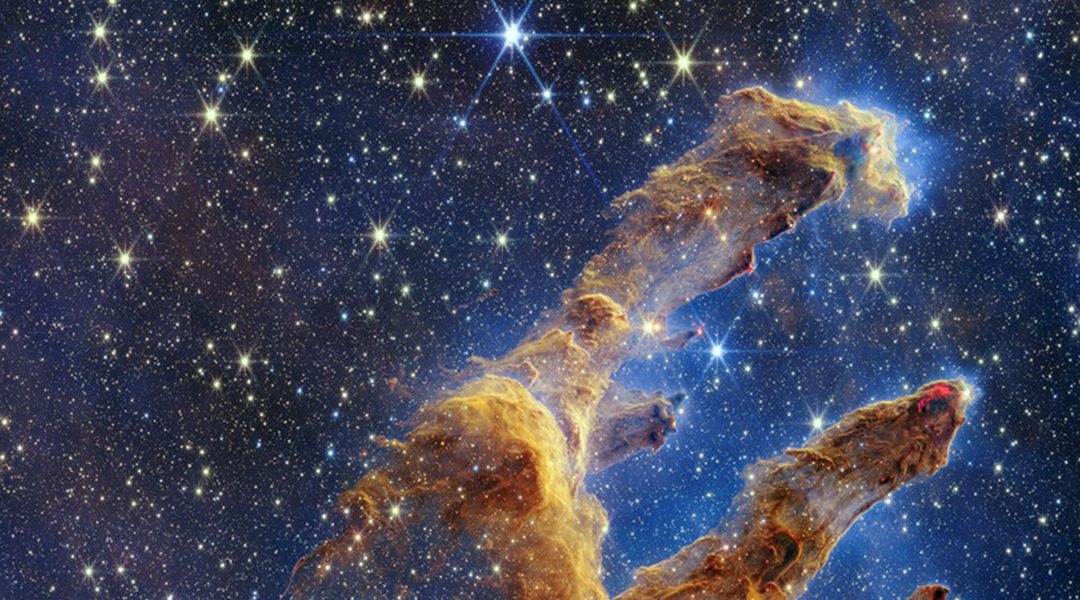
This month, NASA’s James Webb Telescope captured images of the Pillars of Creation in breathtaking detail.
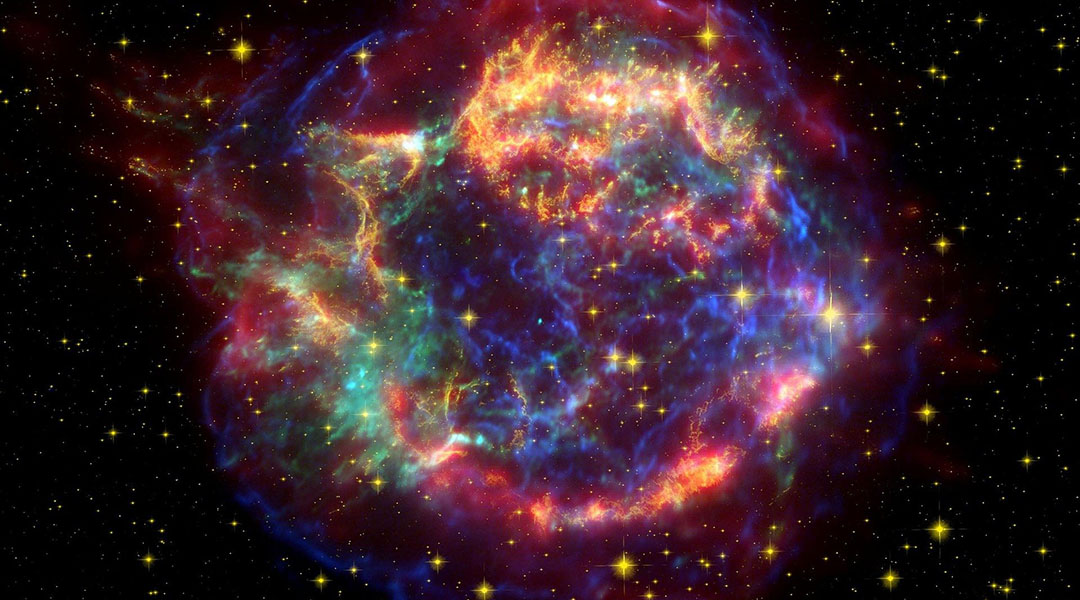
Researchers have found that supernovae explosions are preceded by observable radiation whose features should make it possible to distinguish the radiation of a future supernova from other light sources in space.
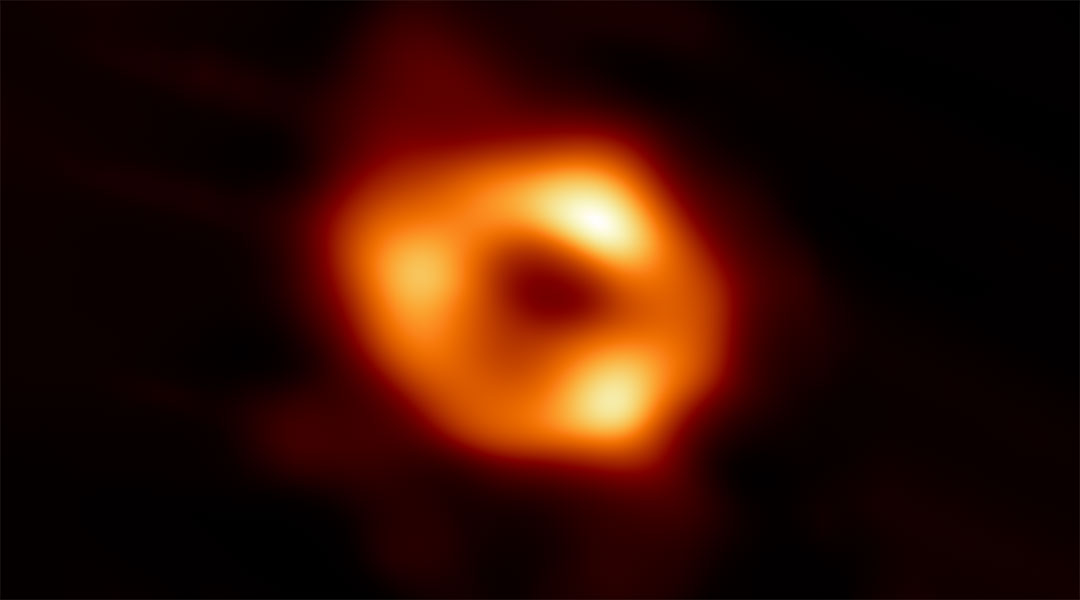
Imaging a black hole is not an easy thing, it takes years of experiments, collaborations, grants, planning, and no small amount of luck.

Physicists at the Gemini Observatory have found a new mass limit for massive stars, and found it to be lower than previously thought.
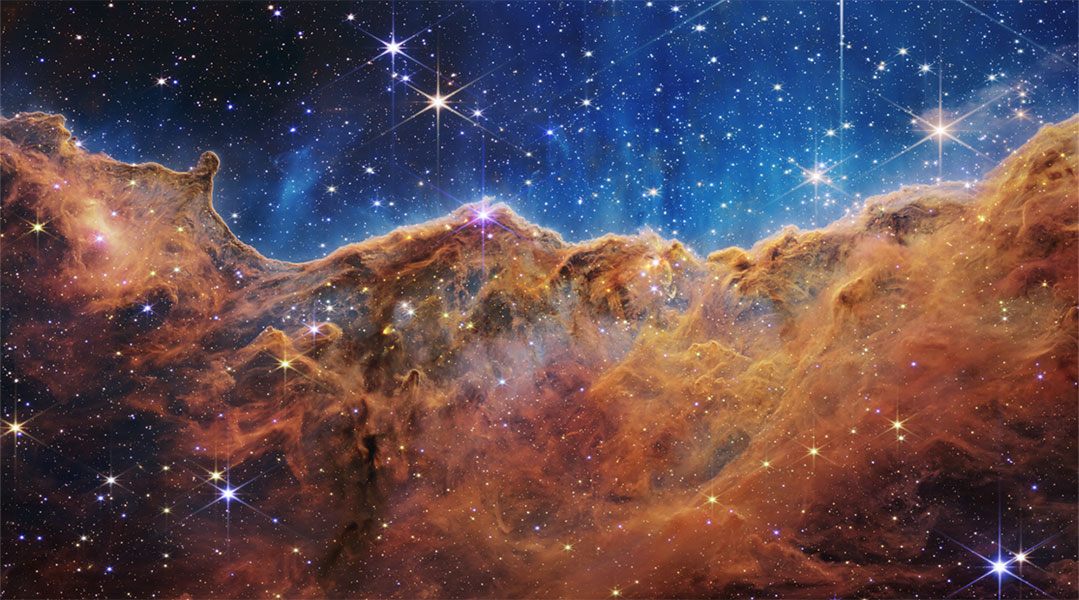
Astronomers are discovering that the rate of star formation in the universe is dropping, and they want to know why.
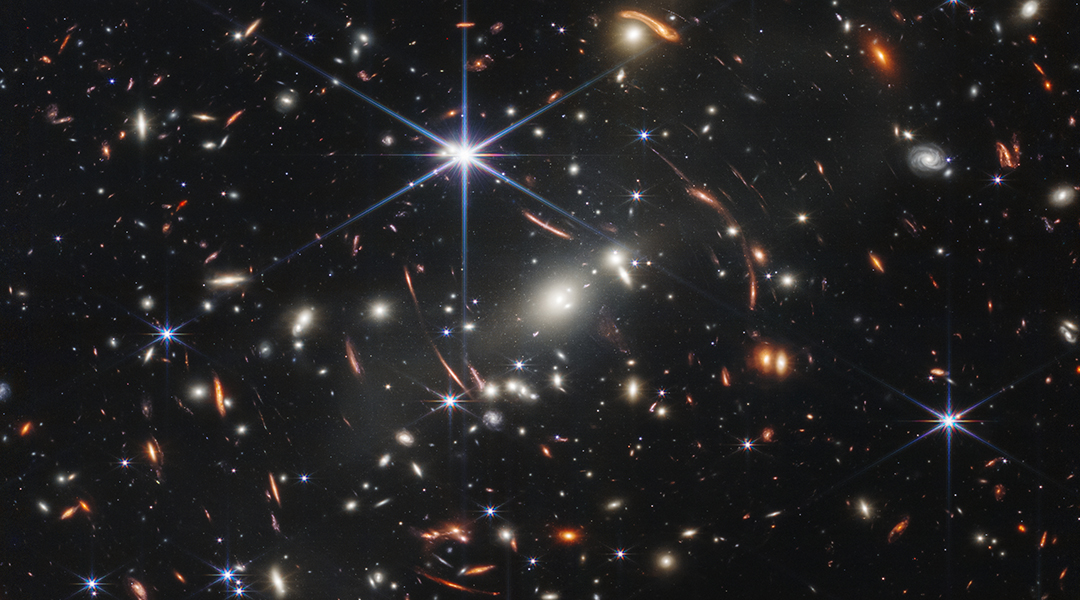
NASA has published the first five images from the James Webb Space Telescope, highlighting each of the key questions it will study.
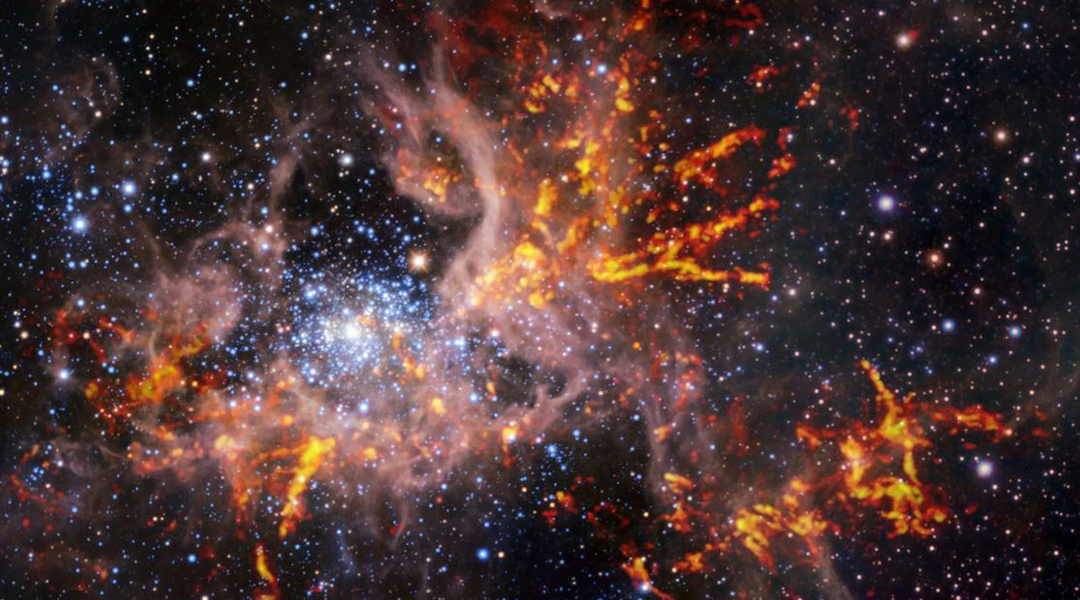
New images of the Tarantula Nebula help us understand how intense star formation at its center impacts the rest of the nebula.

Tweaking the rules of gravity via Modified Newtonian dynamics provides a possible alternative explanation for the behavior of galaxies